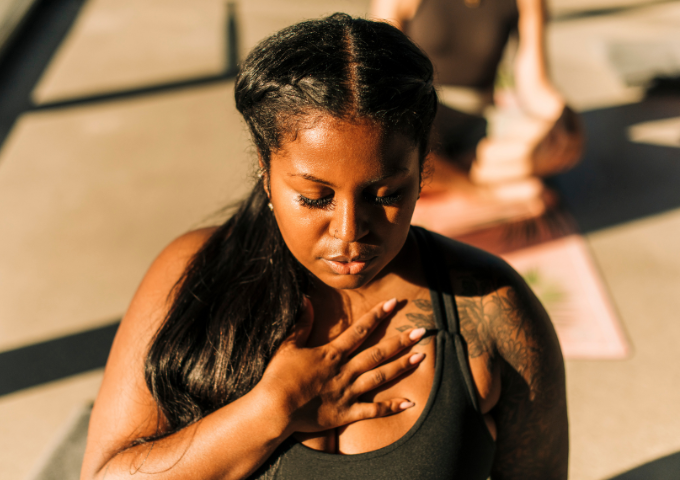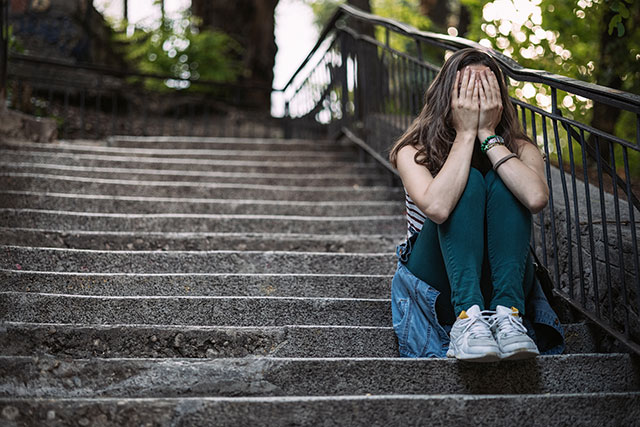Stigma can add a significant burden to anyone affected by suicide, leading to feelings of shame and a reluctance to seek help. Stigma is based on negative beliefs or attitudes and often happens when people don’t understand the complexity of suicide.
There are many myths about suicide that perpetuate the stigma. Common labels people apply to the person who has ended their life include ‘they are selfish’ or ’they took the easy way out’. People who have made an attempt on their life also face stigmatisation and are sometimes viewed as ‘attention-seekers’. These myths are not true and need to be dispelled to end the stigma.
How does suicide stigma affect people?
Suicide stigma negatively impacts people in the following ways:
- Not seeking help when they need it[1]
- Internalising the stigma and starting to believe the myths and negative stereotypes
- Feeling ashamed or embarrassed
- Feeling lonely or socially isolated
- Relationships with family, friends and colleagues become strained due to misunderstandings and insensitive comments
- When grieving, feeling blamed, shamed, and judged, as well as feeling isolated and rejected by friends and community.[2]
Ways to overcome the stigma about suicide
If you are experiencing stigma about suicide, overcoming it may not be an easy task, but there are things you can do to help deal with it:
- Get the help you need. Don’t worry about what people might think. If you are distressed or not feeling like yourself, speak to someone you know or a health professional. Getting treatment and support can help.
- Avoid isolation. Do not let worry, shame or guilt keep you from seeing your friends, family and the wider community. People in your life can support you if they know you are struggling.
- Don’t let the stigma get to you. Try not to see your situation as a sign of weakness or that you should be able to ‘snap out of it and move on’. Be mindful of any negative self-talk. You are not to blame for how you feel; there is no shame in asking for help.
- Join an online support community. There are different support groups for people impacted by suicide. Check out the following online communities:
How to help break the suicide stigma
According to the Mental Health Commission, suicidal distress, suicide attempts, and suicide will affect most Australians at some point in their lives, often with long-lasting impacts. It also has wide-reaching impacts on families, carers and communities.[3] So, what can we do to help break the stigma of suicide to ensure more people get the help they need?
- Look out for any suicide warning signs and start the conversation. If you are worried about someone, act on those thoughts and concerns and try to move past any discomfort you may feel. Starting the conversation and providing support can make a difference. If you’re worried about someone you know, call us anytime on SuicideLine Victoria 1300 651 251. If someone is at immediate risk, call 000.
- Raise your voice to help break down the stigma. People with lived experience shouldn’t be expected to carry this weight alone. We can all play a part in tackling suicide stigma and discrimination and challenging suicide myths.
- Use safe, inclusive and respectful language. The language we use plays an important role in shaping opinions and beliefs about suicide. Mindframe has a language guide to support anyone who is communicating about suicide.
- Examine your thought processes and understanding. Are they right? Could you be more sensitive around suicide stigma?
- Show compassion for anyone who is struggling and treat people with respect.
- Participate in campaigns or events that challenge the stigma. Suicide prevention campaigns include World Suicide Prevention Day, Out of the Shadows, #YouCanTalk and End Youth Suicide Week.
- Report any media coverage that stigmatises suicide. SANE’s StigmaWatch promotes responsible reporting of suicide in the Australian media. They will respond to reports of inaccurate or inappropriate stigmatising media portrayal of suicide.
If you or someone you know is struggling and want to speak to a professional counsellor, SuicideLine Victoria is available 24/7. Call us on 1300 651 251 or you can click on the floating chat button on the right to access online counselling. Our service is free.
If it is an emergency, call 000.
References
[1] National Suicide Prevention Adviser. Compassion First: Designing our national approach from the lived experience of suicidal behaviour. Canberra; December 2020.
[2] Peters K, Cunningham C, Murphy G, Jackson D. ‘People look down on you when you tell them how he died’: Qualitative insights into stigma as experienced by suicide survivors. Int J Ment Health Nurs. 2016 Jun;25(3):251-7. doi: 10.1111/inm.12210. Epub 2016 Feb 18. PMID: 26889754.
[3] National Suicide Prevention Adviser. Connected and Compassionate: Implementing a national whole of governments approach to suicide prevention (Final Advice). Canberra; December 2020.









